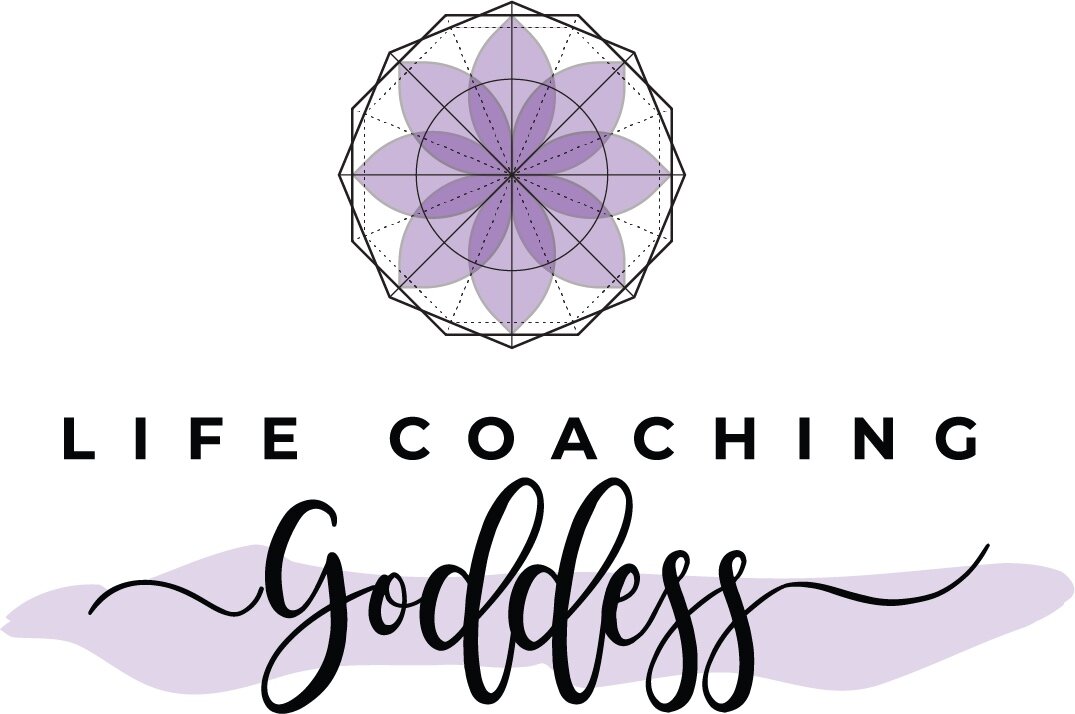Why is Polyvagal Theory Helpful for Trauma Survivors?
When we talk about healing from trauma, it's not just about emotional wounds; it's about finding peace in your mind and body. There's a theory out there that's been making a real difference in the lives of trauma survivors, and it's called Polyvagal Theory, by Dr. Stephen Porges. In this blog post, we'll explore what Polyvagal Theory is and why it can be a gentle and effective guide for survivors on their healing journey. Learning about this has helped me to cope with my own trauma. It has given me knowledge to understand my body and have the awareness to know what state I am operating in.
Imagine your body as a finely tuned instrument, always responding to what's happening around you. When something traumatic happens, your body goes into action mode, and your nervous system plays a key role in this.
Polyvagal Theory is like a map that helps us understand how our nervous system responds to tough times. What makes it different and heartwarming is that it recognizes the importance of our need for social connection when we're feeling safe.
Ventral Vagus Nerve (Social Engagement): This is all about connection and feeling safe with others. It's like the warm, comforting hug of your favorite person. This is where the magic happens. When this part of your nervous system is active, you feel connected, loved, and safe with others. It's like being wrapped in a warm blanket of support.
Sympathetic Nervous System (Fight or Flight): Think of this as your body's way of getting ready to deal with danger, like a superhero gearing up for action. Its is your body's way of saying, "Let's handle this, we've got it!" It gets you ready to take on challenges, just like a superhero ready to face adversity.
Dorsal Vagus Nerve (Freeze or Collapse): This is like your body's way of hitting the pause button, sometimes when things get too overwhelming, like a computer slowing down to process heavy tasks. Sometimes, when things get too tough, your body might want to take a break and rest, like a tired superhero taking a well-deserved nap.
Polyvagal Theory is like a friend who understands and supports you through thick and thin. Here's why it's so helpful:
Validation: It tells you that your body was just doing what it's designed to do when you faced danger. No blame needed; you were protecting yourself.
Empowerment: Polyvagal Theory gives you tools to calm your nervous system and shift from feeling overwhelmed to feeling connected and safe.
Trauma-Informed Healing: Many therapists, and myself use Polyvagal Theory to create safe spaces for healing, focusing on what your body needs, not just your mind.
Connection and Resilience: It helps you build strong connections with others, a source of endless support and strength.
Personalized Healing: Knowing which part of your nervous system needs attention can guide you to therapies and techniques that fit your unique needs.
Polyvagal Theory is like a gentle guide, helping you find your way to healing after trauma. It shows you how your body responds to tough times and gives you practical tools to navigate your path to recovery. By working with your nervous system, you can find safety, connection, and empowerment, all key ingredients for your healing journey.
I personally have found meditation, yoga, and mindfulness to be able to connect more with my body and see how my body is feeling in certain moments. Simply slowing down helps us see what we need in every moment. Our bodies are always communicating with us, we just have to take the time to listen.
Trauma compromises our ability to engage with others by replacing patterns of connection with patterns of protection.
As always, thank you for being here with me,


